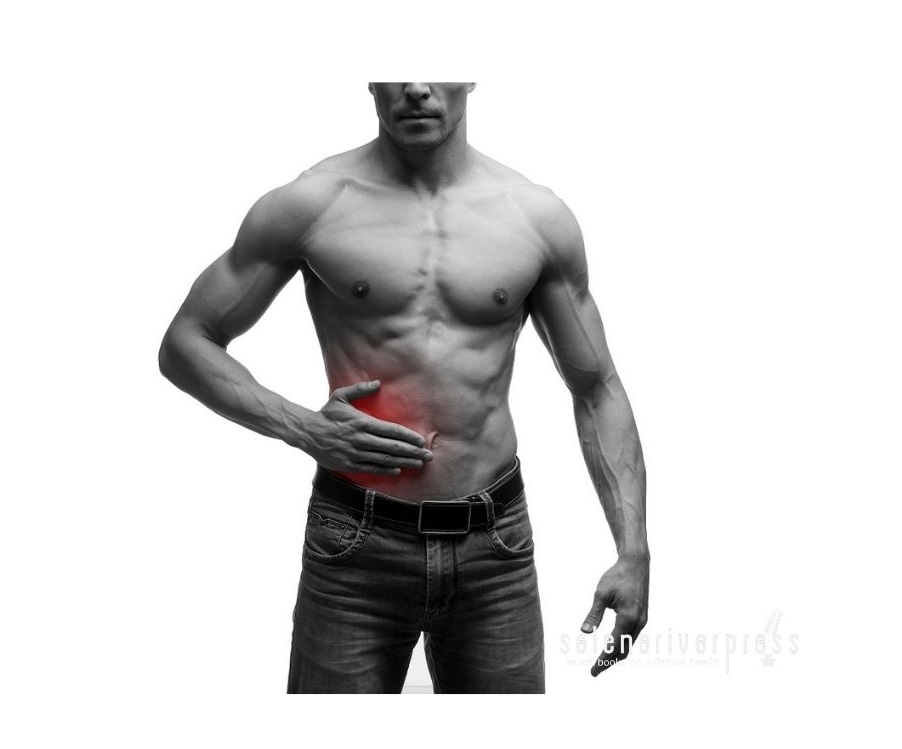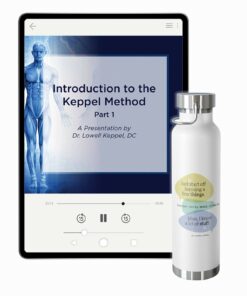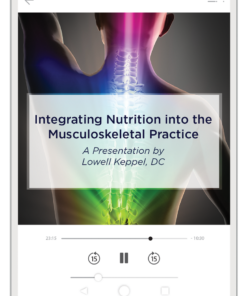Enjoy the latest installment of Dr. Lowell Keppel’s “Good to Know” series for practitioners.
As a young, fresh-out-of-school chiropractor, I remember being told about the ileocecal valve (ICV) for the first time. It all seemed so complicated. How could I possibly understand how to fix it?
I also remember a seminar where someone from the audience asked a question about the ICV. The presenter basically blew the question off as unimportant.
Five years later, I attended a NET (neuro-emotional technique) seminar presented by my mentor, Dr. Scott Walker. When he started talking about the ICV, I remember thinking, Great, this is gonna be complicated.
He started off by posing a question: “What issues does the ICV disturbance cause in patients?”
I sat there clueless, but other doctors started yelling out different conditions. Each time, Dr. Walker answered, “That’s right.” He eventually summed it up for us, highlighting the importance of the ICV valve with the words, “The ICV can cause any symptom in the body.”
This is why the ICV is part of my seminar on the Keppel Method as well as the Muscle Response Analysis (MRA) seminar (in the vital signs). You should be checking all of your patients, no matter their condition, for ICV issues. When you do this, you’ll find it showing up in a majority of cases.
I cover ICV testing in my video presentation Introduction to the Keppel Method: Part 1. But for now, let me share some of the basics with you.
The absolute number one condition indicating ICV involvement is chronic low-back pain and/or lumbar disc syndrome. (I’m happy to discuss why this is so in more detail, so please feel free to contact me.) In the meantime, be aware that this relationship does in fact exist. Start checking the valve by muscle testing and/or palpating it.
The ICV is located on the anterior superior iliac spine (ASIS). This is the lower right side or the abdomen, halfway between the belly button and the hip. To check it, follow these steps:
- If the area is tender upon palpation, ask the patient report their tenderness on a scale of 1–5.
- Next, traction the valve to the left shoulder. Does this improve the tenderness or make it worse?
- Pull the valve down to the right hip. Does that improve the tenderness or make it worse?
- Note what direction improved the valve tenderness. We will come back to this.
- Give the patient either Chlorophyll Complex or Okra Pepsin E3 to chew.
- Repalpate the valve. Did the tenderness decrease? If so, recommend the supplement that gave the relief.
- If either of these two do not reduce the tenderness, give the patient Lactic Acid Yeast wafters to chew and see if that reduces the tenderness. (You may also consider Spanish Black Radish, Choline, or Calsol.)
- Once you determine the proper supplements: With your hand like an eagle claw, traction the valve in the direction that offered the most improvement. Always do this in a clockwise rotation. For example, if traction to the shoulder helps, stand on the left side of the patient, reach across their body to the valve, and pull the valve in a rotation direction up to the left shoulder. Do this 5–6 times while the patient exhales, using a pressure that is tolerable to the patient.
- Ask the patient to return in 2–3 days to monitor that valve. The tenderness should start decreasing with the proper supplements, which should be continued for 3 months.
There are more advanced ICV procedures, but the steps above are a great place to start. My ICV Cheat Sheet is a handy diagnostic tool that will also help. When you are ready for the next step, contact me, and I will review the procedures with you.
Remember, results refer!
Images from iStock/Staras (main), Wavebreakmedia (post).





